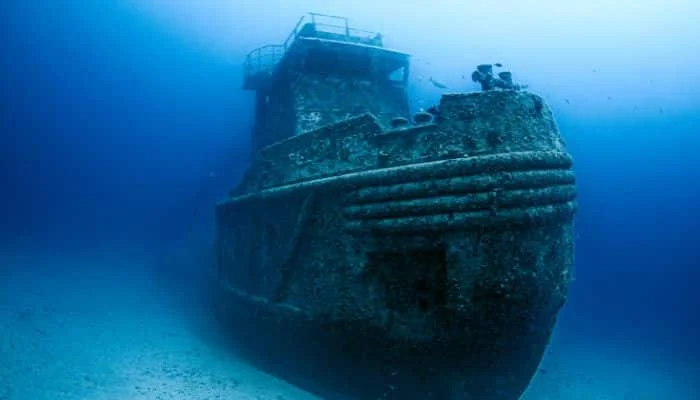A team of treasure hunters from Cornwall, England, is gearing up for an extraordinary mission. Their goal is to locate the lost wreck of the Merchant Royal, a 17th-century English ship believed to hold a treasure trove worth billions. With cutting-edge technology and unwavering determination, Multibeam Services leads the charge into the depths of history.
The Merchant Royal met its fate in 1641 off the stormy coast of Cornwall, laden with a fortune in gold, silver, and jewels. Since then, the exact location of the shipwreck has remained a mystery, enticing countless adventurers to seek its elusive bounty.
It is understood the treasure included 500 bars of gold bullion, 400 ingots, half a million coins, jewellery and countless gems and pearls. All attempts to locate the shipwreck have failed but the most recent clue emerged in 2019 when a giant, rusty 17th century anchor was found, narrowing down the search area.
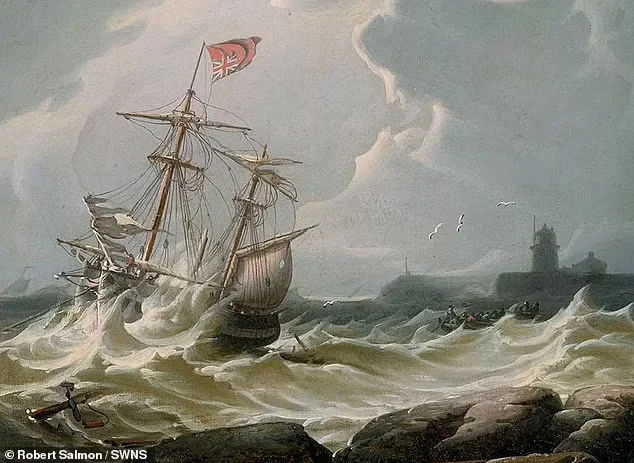
Now diver Nigel Hodge, who heads a team of 11 at Multibeam Services, a company specialising in locating lost wrecks, is setting out on a new search next month. By using two unmanned underwater vehicles (AUVs) designed and built by Multibeam Services.
Nigel added: “We will definitely find it,” he said. “We’ve found everything we’ve ever looked for and we’ve been in the business looking for 35 years.
“We are a team of marine exploration experts trained from working at sea as ex-commercial Cornish fishermen, so we have a knowledge of the local area.
“We’re committed to finally bringing this story to the surface.”
These high-tech drones, each measuring 10 feet by 3 feet, are capable of diving to depths of up to 6,000 meters. Equipped with multibeam sonar technology, the AUVs will meticulously scan the seabed, creating detailed 3D maps that will reveal any potential anomalies that could be the shipwreck.
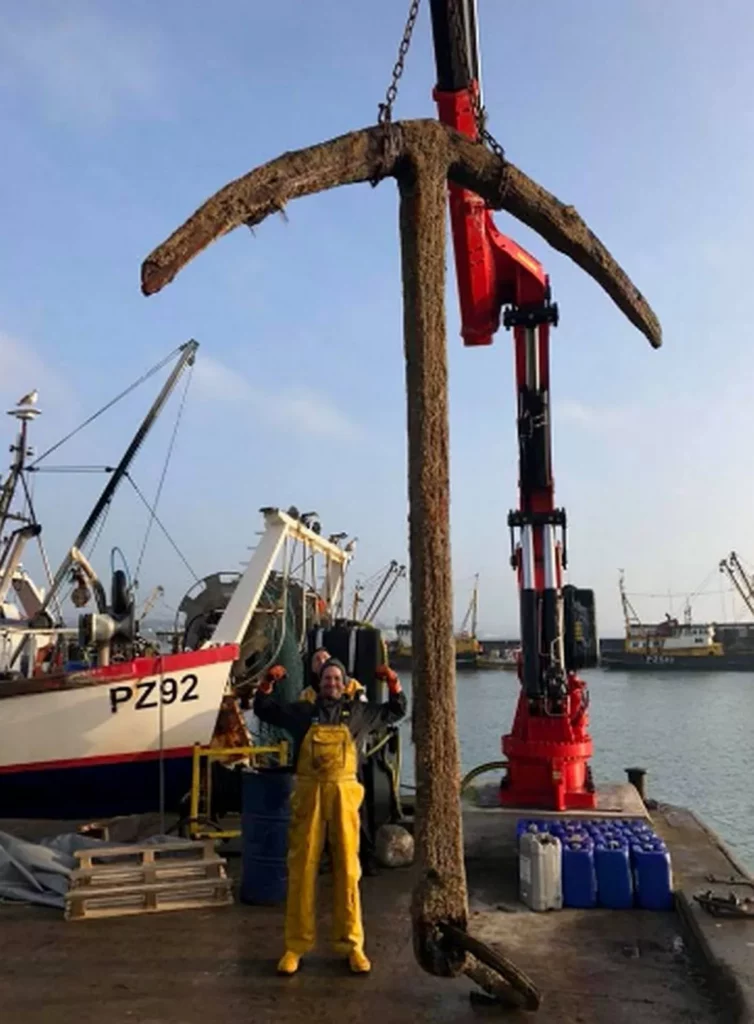
Each underwater drone costs £3.5m and is loaded with advanced tech and sound scanning tools. Such drones have been used before to discover many shipwrecks, including the Titanic and a submarine that went missing last year. The navy has even used these underwater vessels in the past to find lost submarines.
Magnetometers, instruments that detect magnetic signatures from ferrous metals, will also be deployed to assist in the search. Any significant magnetic pull could indicate the presence of the wrecked ship’s metal hull or its treasure cargo.
Once a promising search area is identified, the AUVs will be equipped with high-resolution cameras to get a closer look. These cameras will provide valuable visual data that will allow researchers to confirm if they’ve stumbled upon the long-lost Merchant Royal.
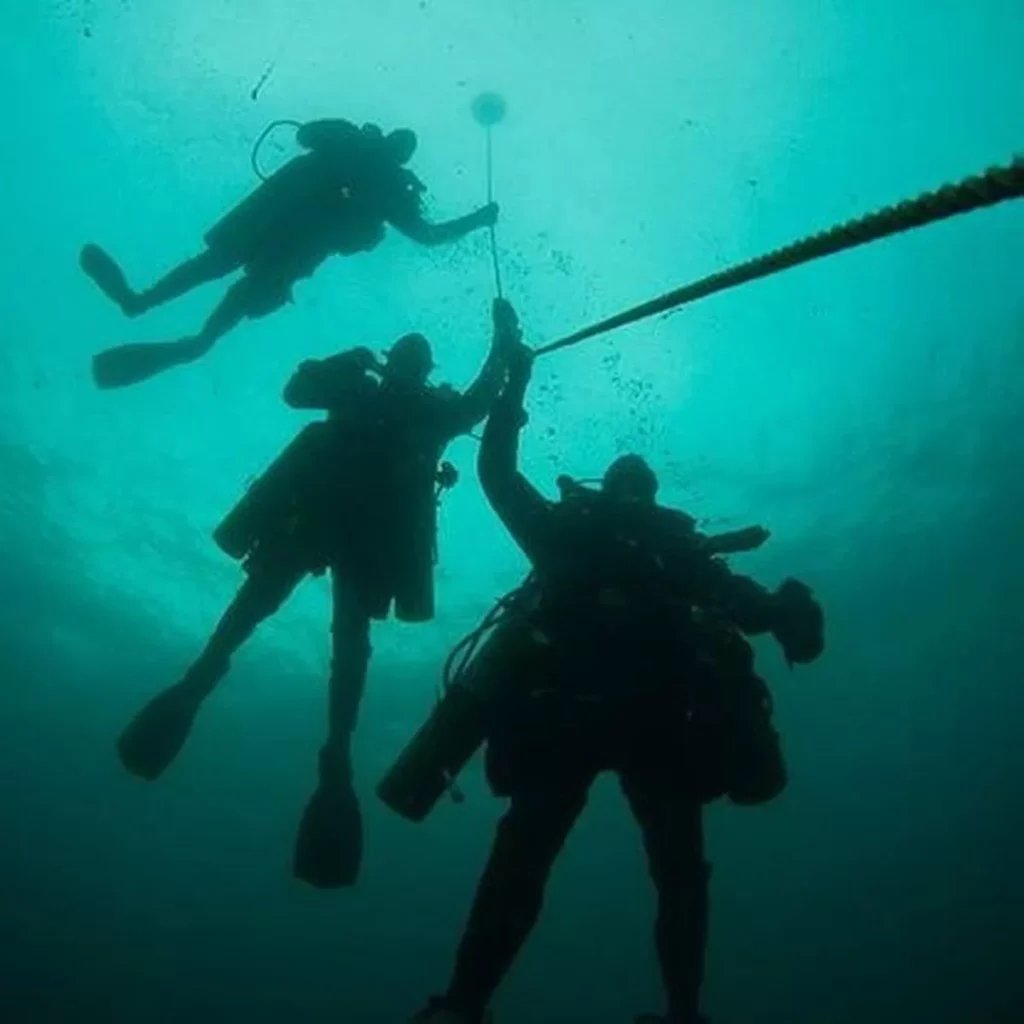
Advanced navigation systems will be paramount throughout the mission. These systems will ensure the AUVs precisely navigate the underwater environment and efficiently cover the designated 200-square-mile search area within the English Channel.
In 2007, 600,000 silver coins, hundreds of gold coins and other artefacts were found on the sea floor in the Atlantic Ocean. American company Odyssey Marine Exploration recovered the horde, which was worth over £300million.
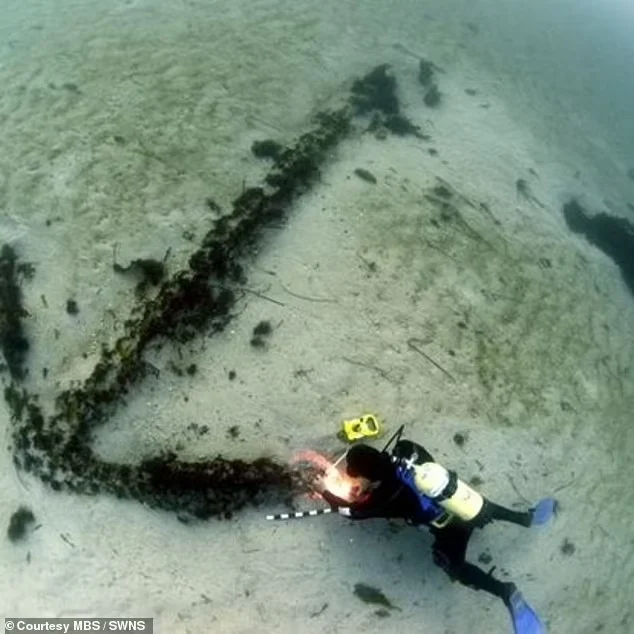
The treasure was rumoured to be part of the Merchant Royal and it was taken to the United States, but after lengthy legal wrangling’s, Odyssey was ordered to hand over coins recovered from the wreck to Spain, suggesting that the ship was really a Spanish frigate and not the mysterious Merchant Royal.
Scheduled to commence in April 2024, this epic odyssey is poised to span a year, fueled by the hopes and dreams of uncovering the Merchant Royal’s long-guarded secrets. The fate of this daring endeavor hinges on the capabilities of cutting-edge technology and the indomitable spirit of exploration.
While tales of the Merchant Royal’s riches abound, discerning reality from myth proves a formidable task. Estimates of the treasure’s worth vary, with figures ranging from £250 million to a staggering £20 billion. Yet, historical accounts paint a more modest picture, suggesting a treasure trove valued around £400,000 in the currency of the time.

